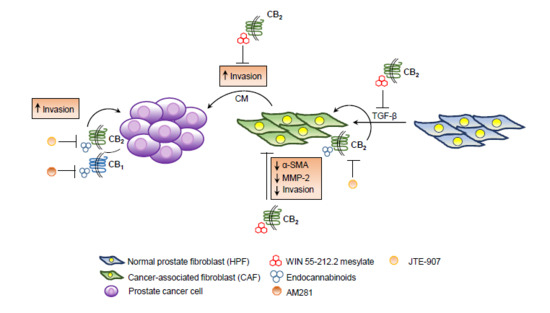 “Beta-caryophyllene (BCP) is a flavoring agent, whereas l-arginine (LA) is used as a food supplement.
“Beta-caryophyllene (BCP) is a flavoring agent, whereas l-arginine (LA) is used as a food supplement.
They possess insulinotropic and β cell regeneration activities, respectively.
We assessed the antidiabetic potential of BCP, LA, and its combination in RIN-5F cell lines and diabetic rats.
The results indicated that the combination of BCP with LA showed a significant decrease in glucose absorption and an increase in its uptake in tissues and also an increase in insulin secretion in RIN-5F cells. The combination treatment of BCP with LA showed a significant reduction in glucose, lipid levels, and oxidative stress in pancreatic tissue when compared with the diabetic group. Furthermore, the combination of BCP with LA normalized glucose tolerance and pancreatic cell damage in diabetic rats.
In conclusion, the combinational treatment showed significant potentials in the treatment of type 2 diabetes mellitus.
PRACTICAL APPLICATIONS:
Type 2 diabetes mellitus is the most prevalent chronic metabolic disorder affecting a large population.
Beta-caryophyllene is a CB2 receptor agonist shown to have insulinotropic activity.
l-Arginine is a food supplement that possesses beta-cell regeneration property.
The combination of BCP with LA could work as a potential therapeutic intervention, considering the individual pharmacological activities of each.
We evaluated the antidiabetic activity of the combination of BCP with LA in diabetic rats using ex vivo and in vitro experimentations.
Results from the study revealed that the combination of BCP with LA showed a significant (p < .001) reduction in glucose and lipid levels as compared to individual treatment. In vitro study also supports the diabetic potential of the combination of BCP with LA in the glucose-induced insulin secretion in RIN-5F cell lines.
The study indicates a therapeutic approach to treat T2DM by BCP and LA combination as food and dietary supplement.”
https://www.ncbi.nlm.nih.gov/pubmed/31997410
https://onlinelibrary.wiley.com/doi/abs/10.1111/jfbc.13156
 “The aim of this cross-sectional questionnaire-based study was to identify associations between the doses of cannabinoids and terpenes administered, and symptoms of attention deficit hyperactivity disorder (ADHD).
“The aim of this cross-sectional questionnaire-based study was to identify associations between the doses of cannabinoids and terpenes administered, and symptoms of attention deficit hyperactivity disorder (ADHD).
 “Beta-caryophyllene (BCP) is a flavoring agent, whereas l-arginine (LA) is used as a food supplement.
“Beta-caryophyllene (BCP) is a flavoring agent, whereas l-arginine (LA) is used as a food supplement. “Activation of
“Activation of  “Renal ischemia-reperfusion injury (IRI) is a major cause of acute kidney injury (AKI) and even induces remote organ damage.
“Renal ischemia-reperfusion injury (IRI) is a major cause of acute kidney injury (AKI) and even induces remote organ damage. “Endo-, phyto- and synthetic cannabinoids have been proposed as promising anti-cancer agents able to impair cancer cells’ behavior without affecting their non-transformed counterparts.
“Endo-, phyto- and synthetic cannabinoids have been proposed as promising anti-cancer agents able to impair cancer cells’ behavior without affecting their non-transformed counterparts.
 “Medical marijuana is becoming widely available to patients in the U.S. and with recreational marijuana now legalized in many states, patient interest is on the rise.
“Medical marijuana is becoming widely available to patients in the U.S. and with recreational marijuana now legalized in many states, patient interest is on the rise. “Chronic neuropathic pain (NEP) is associated with growing therapeutic cannabis use. To promote quality of life without psychotropic effects, cannabinoids other than Δ9-tetrahydrocannabidiol, including
“Chronic neuropathic pain (NEP) is associated with growing therapeutic cannabis use. To promote quality of life without psychotropic effects, cannabinoids other than Δ9-tetrahydrocannabidiol, including